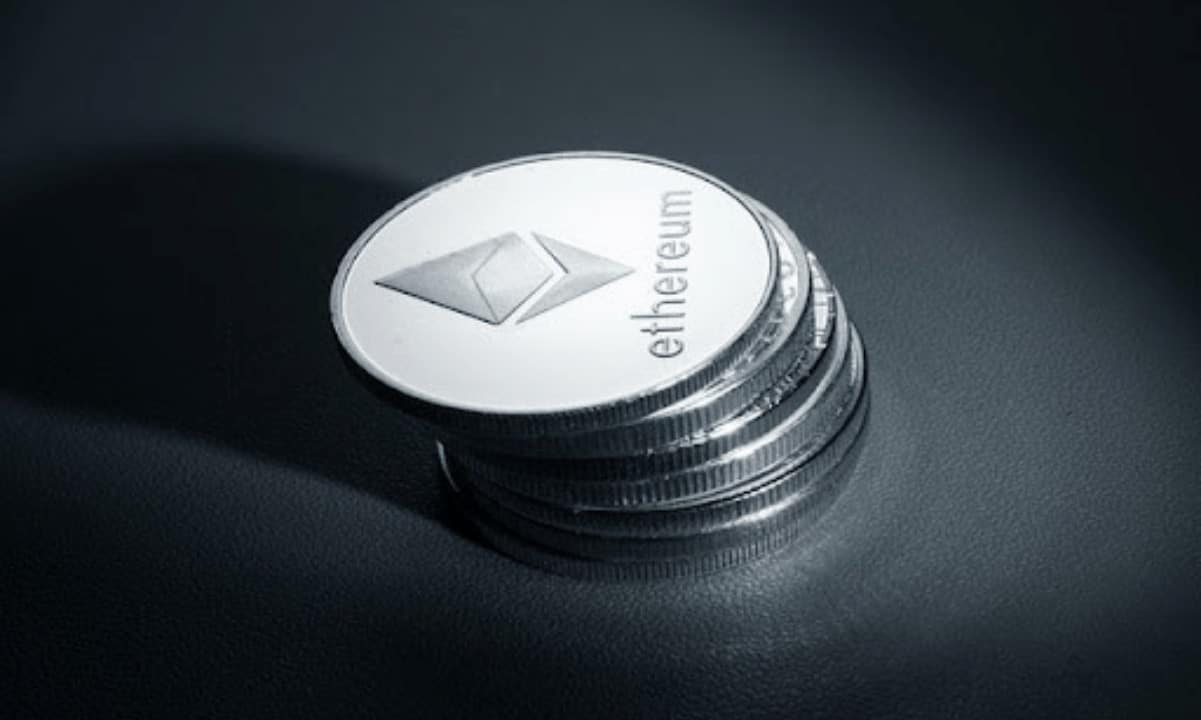
Ethereum developers have agreed to delay the “difficulty bomb,” a big transition leading up to the “Merge.”
After testing the Merge, ETH developer Danny Ryan revealed find two minor bugs affecting some stakers. Additionally, 9% of validators also have configuration issues.
New EIP-5133 Proposal
Lead developer Tim Beiko revealed that a proposal EIP-5133, advocating the delay, was drafted by Tomasz K. Stańczak and tweeted,
“In short, we accepted the delay of the bomb. We are already over time and want to be sure to double check all the numbers before selecting an exact rollout time and timeframe, but we are aiming for a lead time of around 2 months and the upgrade towards the end of June. ”
Beiko also said that restarting the difficulty bomb could give the developers some respite and prevent burnout as a result of too much pressure. This isn’t the first time the difficulty bomb has been delayed.
Thomas Jay Rush, a participant in last Friday’s call, noted that delaying gives developers more time while they fix various bugs found while running the software for fusion on Ropsten. Concerns about a potential delay in the mainnet merger also arose even as the devs stayed confident that the final pushback of the difficulty bomb would no longer hamper the timeline.
So far, no one has officially set a particular date for the Merge, but co-founder Vitalik Buterin had earlier said that it could happen as soon as August if everything goes according to the plan. The new EIP-5133 proposal also suggested that the Merge would occur before mid-August 2022.
Difficulty Bomb
The difficulty bomb code was first introduced to the network in 2015. The idea is simple: incentivize miners to accept the “merge” and then drive adoption of the Proof-of-Stake chain ( PoS).
Once the difficulty bomb goes off, it would dramatically increase the difficulty level of puzzles required for mining the underlying token. This would render PoW mining impossible by disincentivizing such activity and, in turn, incentivizing miners to accept the Merge.


















